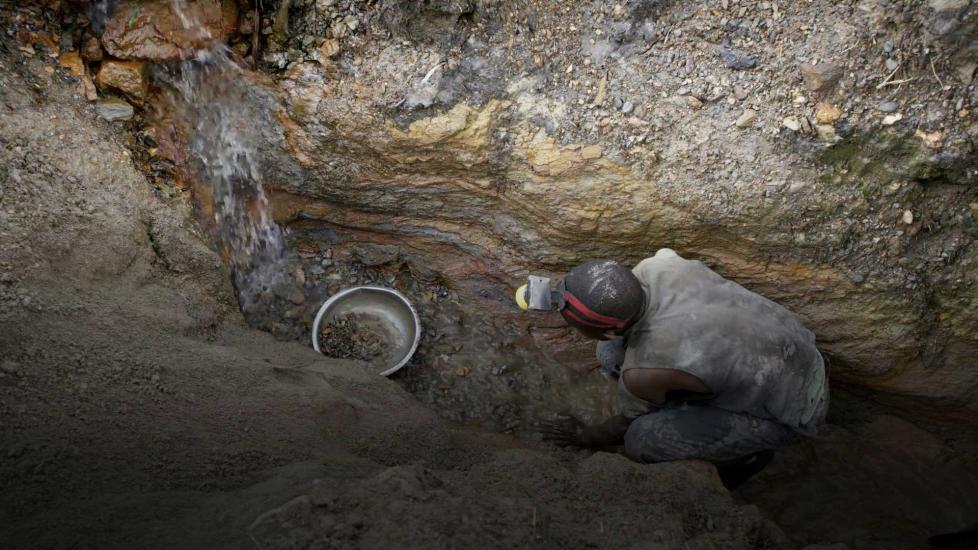Intel's Commitment to Responsible Minerals Sourcing

As featured in Intel's 2018-19 Corporate Responsibility Report
Like many companies in the electronics industry, Intel and our suppliers use minerals in manufacturing. In 2008, we began work to ensure that our supply chain does not source certain minerals—in particular, tantalum, tin, tungsten, and gold (3TG)—within the Democratic Republic of the Congo (DRC) or adjoining countries from mines under the control of armed groups who exploit mine workers to fund crimes against humanity.
We are proud of the significant progress we have made in addressing the issue of conflict minerals[1] in our supply chain, and the positive impacts our efforts have brought to people who live and work in the DRC and surrounding region. More recently, we have expanded our efforts to pursue responsible sourcing of all minerals used in our products, regardless of country of origin.
Our program, minerals sourcing policy, and due diligence practices are evolving to address minerals originating from Conflict-Affected and High-Risk Areas (CAHRAs).[2] This will allow Intel to better align to the OECD Due Diligence Guidance for Responsible Supply Chains of Minerals from Conflict-Affected and High-Risk Areas (OECD Guidance). We believe that the OECD Guidance provides practical ways to identify and mitigate risks when sourcing minerals from CAHRAs, and that such methods should be adopted by the entire mineral supply chain.
Learn more about Intel's commitment to responsible minerals sourcing.
[1] Conflict minerals, as defined by the U.S. Securities and Exchange Commission (SEC), is a broad term that means tin, tantalum, tungsten, and gold, regardless of whether these minerals finance conflict in the Democratic Republic of the Congo (DRC) or adjoining countries.
[2] CAHRAs, as defined by OECD, are identified by the presence of armed conflict, widespread violence, or other risks of harm to people. Armed conflict may take a variety of forms, such as a conflict of international or non- international character, which may involve two or more states, or may consist of wars of liberation, or insurgencies, civil wars, etc. High-risk areas may include areas of political instability or repression, institutional weakness, insecurity, collapse of civil infrastructure, and widespread violence. Such areas are often characterized by widespread human rights abuses and violations of national or international law.

